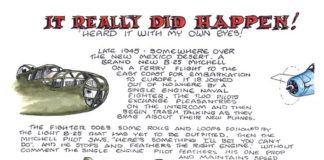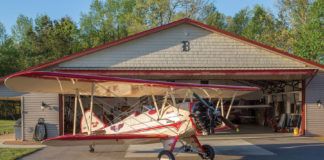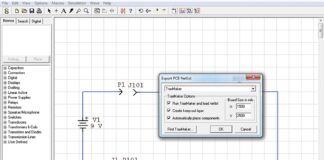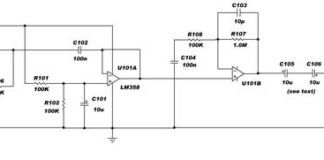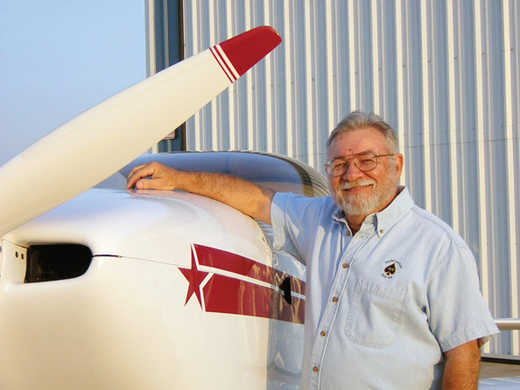
Question: Do the original operating limitations have to be in the airplane and/or available to the FAA after the test phase hours are flown off? The original operating limitations and hours were issued in 1995 and the hours flown off shortly thereafter. Unfortunately, after a prop strike, the plane was not flown again for nearly 18 years.
The original log book is available and properly filled out. There are several copies of the original airworthiness inspection. However, the original papers that were prepared and signed by the DAR are missing, and the mechanic/pilot inspecting and preparing the plane for flight again says it cannot be flown without the actual original papers signed by the DAR—he says a copy is not acceptable to the FAA. Is this true?
Answer: The original operating limitations must be in the aircraft at all times. Take a look at block E on the Airworthiness Certificate. It states that “Operating Limitations dated XX/XX/XXXX are a part of this certificate.”
That means that the Airworthiness Certificate is not valid without the operating limitations.
You say the “mechanic/pilot” is performing the inspection. Is this the original builder? Does he possess the repairman certificate for the airplane?
If so, and if he has copies of the original operating limitations including the DAR’s signature, that should be sufficient. If the copies do not contain the signature, then they are somewhat useless.
If you can locate the certificating DAR, he should be able to supply you with a new document. Most DARs keep copies of “everything.”
If not, you can apply to the local FSDO or a DAR holding function codes 33 and 46, and they will be able to issue amended operating limitations, updating them to the latest revisions.
To do this, the aircraft must have a current condition inspection. Your mechanic can sign off a condition inspection “with the following discrepancies,” and list the absence of operating limitations as a discrepancy.
Question: If you add instruments to be able to fly IFR and add an autopilot, do you have to put it back into Phase 1, i.e., is that considered a major change? In the original paperwork, it says, “Unless equipped with instruments for IFR, flight is to be operated VFR.”
Answer: Adding an autopilot involves modifying the control system to a degree. Therefore this would constitute a major change, requiring that the aircraft go back into Phase 1 for a minimum of five hours.
This simply requires a logbook entry and a call to the local FSDO to confirm the flight test area. If your flight test area is already listed in your operating limitations, there should be no problem. If the area is different from what is listed, you may need to have your op lims amended.
This also assumes that you have the current operating limitations allowing you to do this.
The addition of instruments doesn’t necessarily constitute a major change unless the change significantly alters weight and balance.
Please send your questions for DAR Asberry to [email protected] with “Ask the DAR” in the subject line.
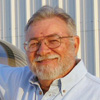
![]()
Mel Asberry is an experienced Designated Airworthiness Representative specializing in Experimental/Amateur-Built aircraft. He and his wife, Ann, have built seven amateur-built airplanes including two ultralight types, a Moni Motorglider, a Dragonfly Mk2, two RV-6s and a Zenair CH 601HDS. They are currently building a scratch-built biplane.







